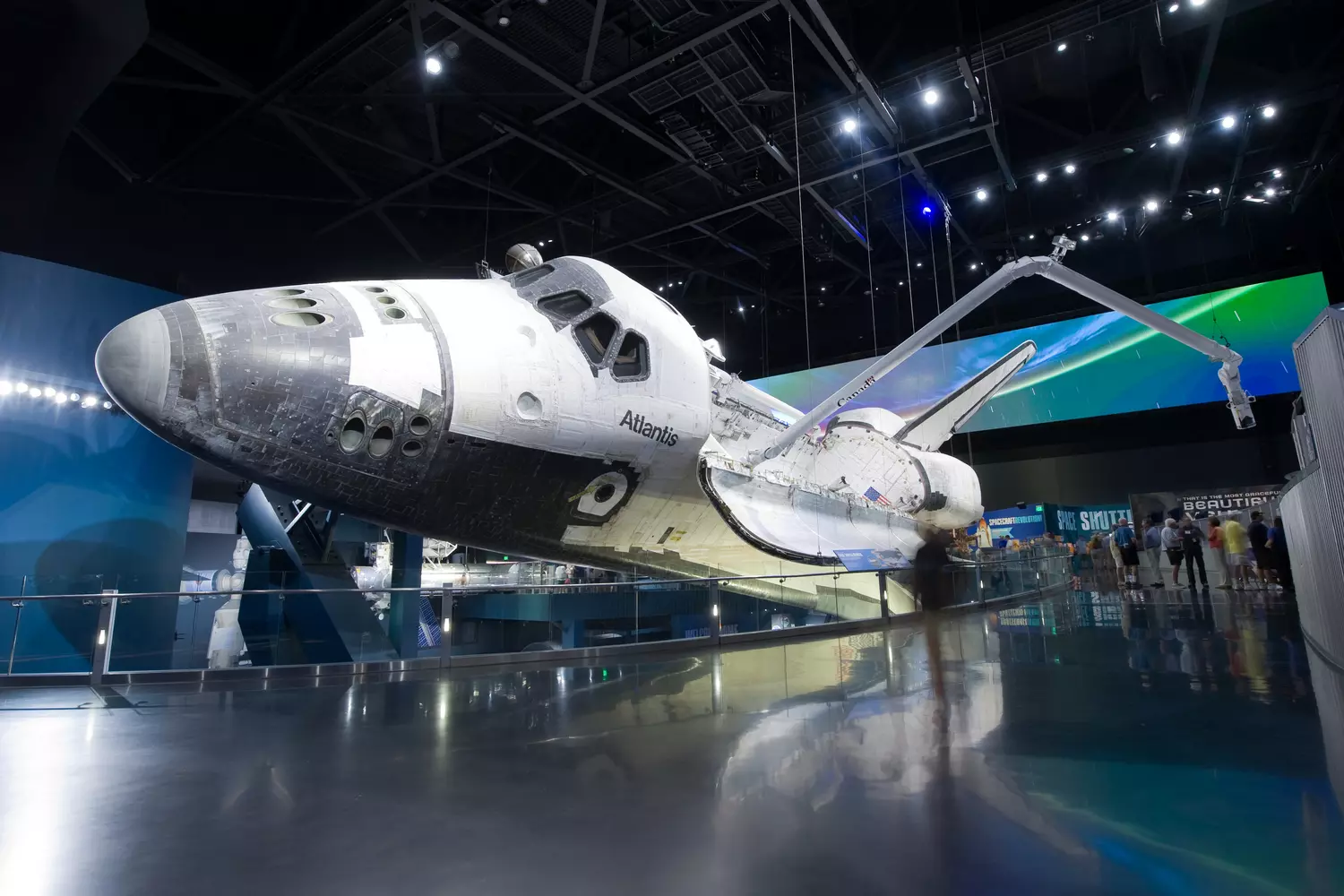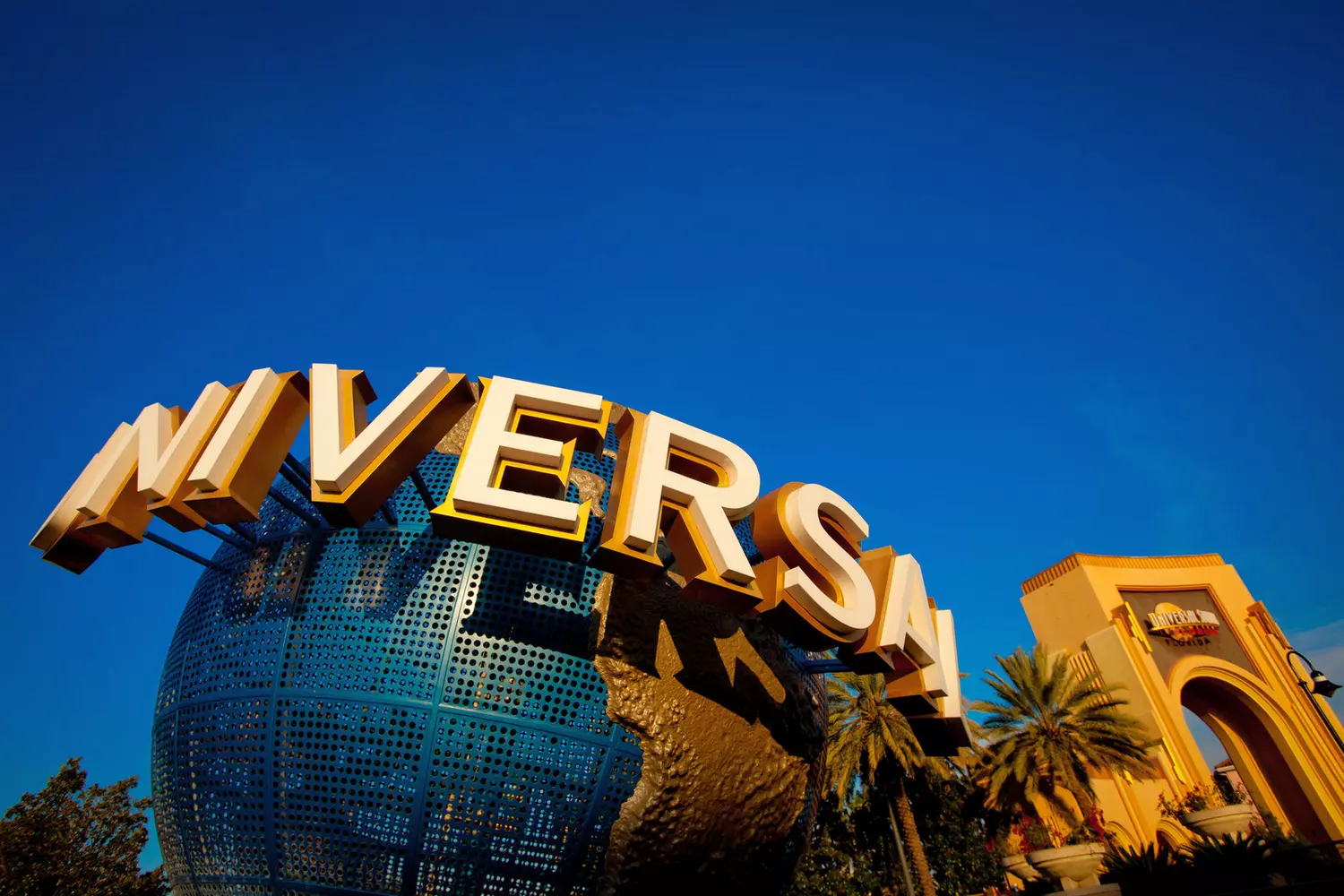Blue Origin is a private aerospace company founded by Jeff Bezos. Its primary goal is to make space more accessible to humanity. The company develops innovative rockets and engines, conducts suborbital tourist flights, and participates in major NASA projects.
Unlike its competitors, Blue Origin focuses on reusable technologies and a gradual approach to space exploration. It has already sent dozens of people on suborbital flights, including Bezos himself, and its rockets and engines are used in other space programs.
In this article, we will analyze how Blue Origin is changing the future of the space industry, what technologies it employs, and what can be expected in the coming years.
What is Blue Origin?
Blue Origin is an American private aerospace company. It was founded by Jeff Bezos in 2000. The main goal is to make space travel more affordable and regular. The company develops rockets, engines, and technologies that allow for the reusable operation of spacecraft.
The company emphasizes a step-by-step approach to space exploration. Unlike competitors, it is not rushing to put people into orbit, but is first refining its technologies through suborbital flights. The first vehicle created by the company is the New Shepard rocket. It takes passengers to the edge of space and then returns to Earth. Flights are conducted automatically, without pilots.
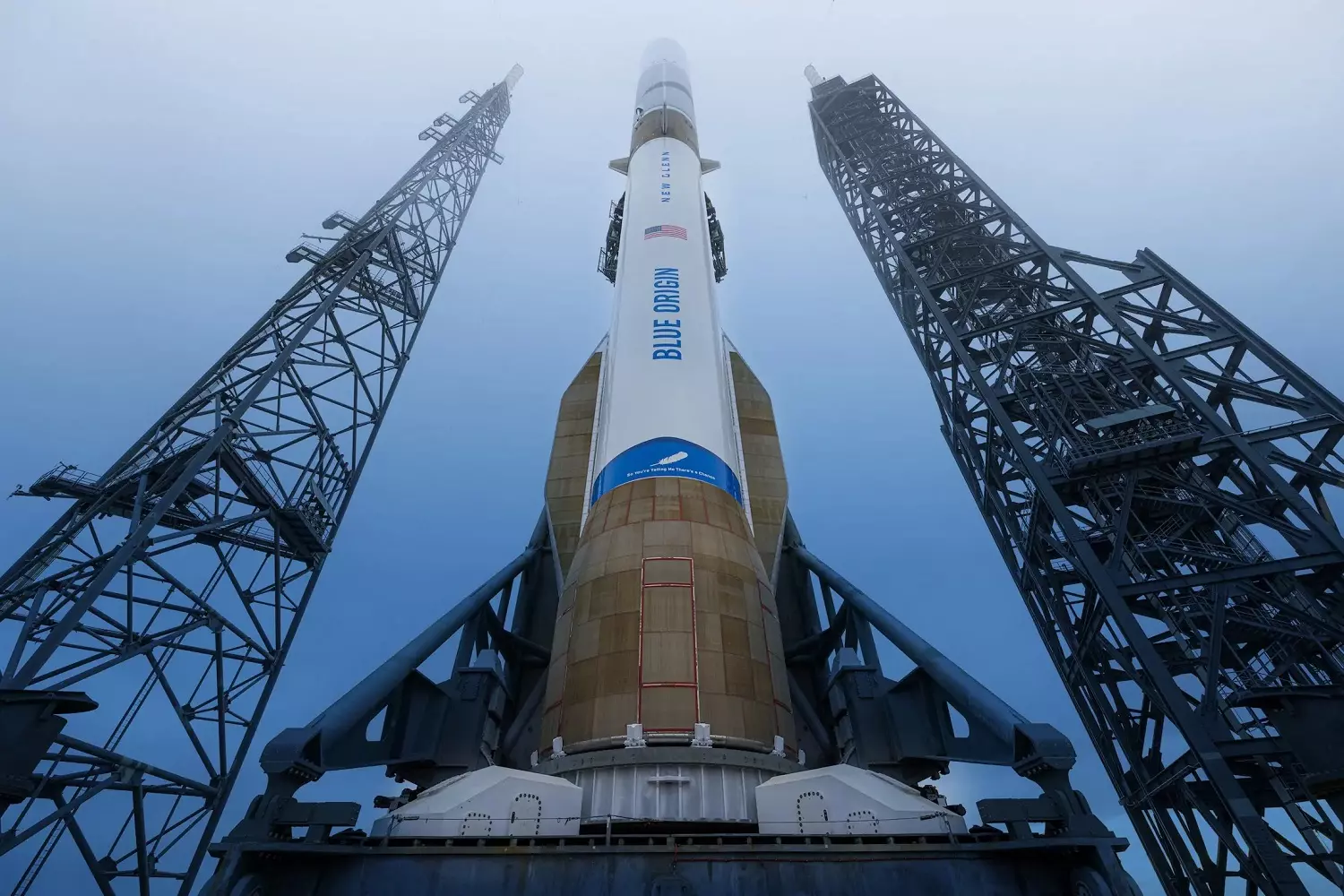
In addition to suborbital tourism, Blue Origin is involved in developing rockets for launching cargo and satellites. Another area of focus is engines for other space projects. For example, the BE-4 engine is used in the Vulcan rocket, which is being built by United Launch Alliance.
Blue Origin participates in government space programs. It is developing a lunar lander for NASA and offers its technologies for deep space exploration. In the future, the company plans to launch the heavy-lift New Glenn rocket and build an orbital space station.
Key Technologies and Developments
Blue Origin develops rockets, engines, and spacecraft. The company focuses on reusable technologies to reduce launch costs. Its main areas of operation include suborbital flights, orbital rockets, and engines for other space projects.
New Shepard and New Glenn Rockets
New Shepard is Blue Origin's first rocket. It is designed for suborbital flights. The rocket lifts a capsule with passengers to an altitude of approximately 100 kilometers, after which the capsule descends via parachutes, and the first stage lands vertically. The flight lasts only a few minutes, but passengers experience weightlessness and see Earth from space.
New Shepard uses the BE-3 engine, which runs on liquid hydrogen and oxygen. This makes it environmentally cleaner compared to traditional rocket engines.
New Glenn is a more powerful rocket designed for orbital flights. Unlike New Shepard, it can deploy satellites and cargo into orbit. Its first stage is also reusable and capable of landing after launch. New Glenn is equipped with BE-4 engines that run on methane and oxygen. This fuel makes launches cheaper and simpler in terms of operation.
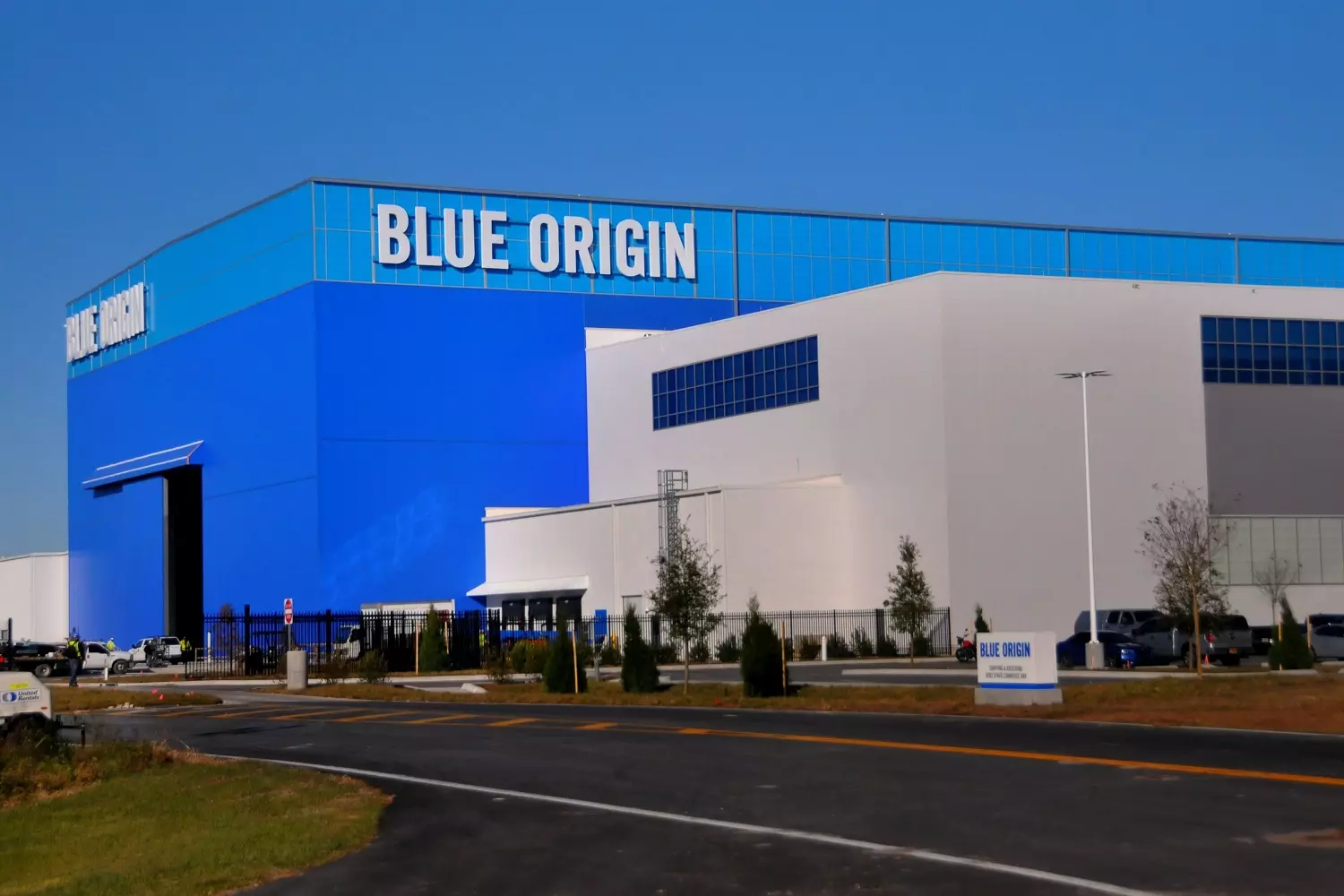
Space Engines
Blue Origin develops its own engines, which are used in its rockets and other space programs.
- BE-3: The engine for New Shepard. It runs on hydrogen and oxygen, providing smooth liftoff and a gentle landing for the first stage.
- BE-4: A more powerful engine developed for the New Glenn rocket. It is also used in the Vulcan rocket by United Launch Alliance. It runs on methane, which simplifies its operation.
- BE-7: A new engine created for the Blue Moon lunar lander, which is being developed for lunar landings.
Tourist Flights and Suborbital Missions
Blue Origin is actively developing space tourism. New Shepard has already taken passengers to the edge of space several times. Among the first tourists was Jeff Bezos himself. Actor William Shatner and other well-known individuals have also participated in such flights.
Suborbital missions are of interest not only to tourists but also to scientists. In these flights, experiments can be conducted in zero-gravity conditions. Blue Origin provides this opportunity to universities and research organizations.
Future Projects
The company is building the Orbital Reef space station, which is intended to be a commercial analogue to the ISS. It is planned to be used for scientific research, in-space manufacturing, and even space tourism.
Another project is the Blue Moon lander. It is designed to deliver cargo and people to the Moon. Blue Origin is developing it as part of NASA's lunar exploration program.
The technologies created by the company are bringing closer a future in which space will become more accessible. Blue Origin emphasizes reusability, new types of fuel, and the gradual development of space missions.
Kennedy Space Center Tour from Miami
Comparison with Competitors
Blue Origin competes with several major companies operating in the aerospace industry. Its main rivals are SpaceX, Virgin Galactic, and United Launch Alliance (ULA). Each company has its own approach to space exploration, its own technologies, and its own goals.
Blue Origin vs SpaceX
SpaceX is Blue Origin's main competitor. Both companies are creating reusable rockets, but their strategies differ.
Development Approach
SpaceX develops technologies at a rapid pace, constantly conducting tests and refining its rockets. Blue Origin operates more cautiously, paying closer attention to reliability and thorough development of each detail before testing. The company's motto is "Gradatim Ferociter" (Step by step, fiercely).
Rockets and Engines
- SpaceX uses the Falcon 9 rocket for orbital launches, and Starship is being developed for deep space missions and the colonization of Mars.
- Blue Origin created New Shepard for suborbital flights, and plans to use New Glenn for orbital launches.
- SpaceX's engines run on kerosene (Falcon 9) and methane (Starship). Blue Origin uses hydrogen and methane.
Reusable Technologies
- SpaceX was the first to master the technology of reusing orbital rockets. The Falcon 9 has returned to Earth multiple times.
- Blue Origin only uses reusability at the suborbital level (New Shepard). New Glenn will also be reusable, but it has not yet flown.
Space Tourism
- Blue Origin sells tickets for suborbital flights that last several minutes.
- SpaceX organized a tourist orbital flight on Crew Dragon, and in the future plans to send tourists around the Moon on Starship.
Contracts with NASA
- SpaceX actively collaborates with NASA, delivering cargo and astronauts to the ISS. It is also developing the Starship lunar lander as part of the Artemis program.
- Blue Origin is involved in the creation of the Blue Moon lunar lander, but has so far received fewer major contracts from NASA.
Blue Origin vs Virgin Galactic
Virgin Galactic is another company developing space tourism. However, its technologies differ.
Type of Vehicles
- Blue Origin uses the vertical launch of the New Shepard rocket.
- Virgin Galactic launches its VSS Unity spacecraft from an airplane at high altitude.
Flight Altitude
- New Shepard ascends above 100 km, crossing the Kármán line (the internationally recognized boundary of space).
- VSS Unity reaches an altitude of about 80 km, which is below the Kármán line, but is still considered space in the United States.
Flight Duration
- Blue Origin's flight lasts about 11 minutes.
- Virgin Galactic's flight lasts approximately 90 minutes.
Ticket Price
- A ticket on New Shepard costs over $200,000.
- A flight on VSS Unity costs approximately $450,000.
Virgin Galactic focuses on a smoother tourist experience, while Blue Origin uses a classic rocket flight scheme.
Blue Origin vs United Launch Alliance (ULA)
ULA is an alliance of Boeing and Lockheed Martin. It launches cargo for the military, NASA, and commercial clients.
Rockets
- ULA uses Atlas V and Delta IV, and is currently developing Vulcan.
- Blue Origin is creating New Glenn, which will compete with Vulcan.
Engines
- ULA previously used Russian RD-180 engines, but is now switching to BE-4 engines from Blue Origin.
- This makes ULA dependent on Blue Origin's technology.
Customers
- ULA primarily works with government contracts.
- Blue Origin wants to enter the commercial market but does not yet have a large number of contracts.
Who is Ahead?
SpaceX leads in the number of launches and the development of new technologies. ULA remains a reliable partner of the US government. Virgin Galactic has focused on more accessible space tourism. Blue Origin is developing slowly but steadily, gradually advancing its technologies and preparing to enter the orbital market.

Recent Achievements and Future Plans
Blue Origin is not rushing its development, but is gradually implementing new projects. In recent years, the company has successfully conducted tourist flights, tested engines for orbital rockets, and secured contracts from NASA. Ahead lie the launch of New Glenn, participation in lunar missions, and the construction of an orbital station.
Recent Achievements
New Shepard Suborbital Tourist Flights
Blue Origin has already sent people to space several times on the New Shepard rocket. The first crewed flight took place on July 20, 2021. The capsule carried Jeff Bezos, his brother Mark, 82-year-old aviator Wally Funk, and 18-year-old student Oliver Daemen. This marked the first time the youngest and oldest astronauts in history were on the same flight.
Since then, Blue Origin has continued tourist launches. Passengers have included actor William Shatner (known for "Star Trek"), television host Michael Strahan, and entrepreneur Glen de Vries. Flights are regular, and the company continues to sell tickets.
Development and Testing of the BE-4 Engine
The BE-4 is one of the most powerful methane-fueled engines created in the United States. It is designed for the New Glenn rocket, as well as for the Vulcan rocket being developed by United Launch Alliance.
The engine has successfully passed testing, and Blue Origin has already begun deliveries to ULA. This is an important step, as Vulcan will replace the Atlas V rockets, which previously used Russian RD-180 engines. The United States is now becoming less dependent on foreign technology.
Contracts with NASA and Participation in the Artemis Program
In 2023, NASA selected Blue Origin to create a lunar lander as part of the Artemis program. This module will allow astronauts to land on the Moon. The company received a contract worth $3.4 billion.
Blue Origin is working on the Blue Moon lander, which will be able to deliver cargo and people to the lunar surface. The first flight is planned for 2029.
Orbital Reef Space Station Project
In partnership with Sierra Space, Boeing, and other companies, Blue Origin is developing the private Orbital Reef space station. It is intended to be a commercial alternative to the ISS. Scientists, private companies, and even tourists will be able to work on the station. Launch is scheduled for the late 2020s.
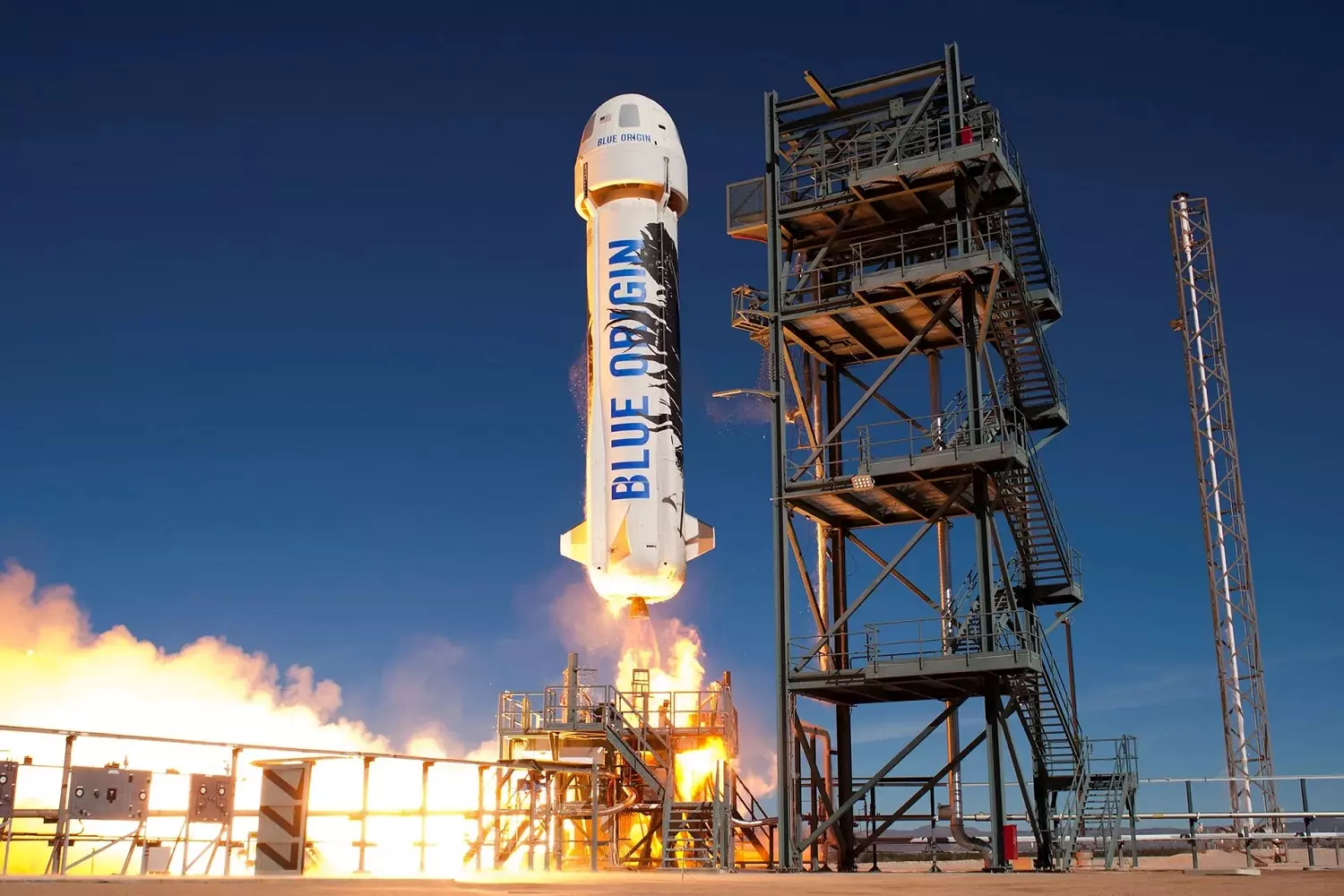
Future Plans
- 01.Launch of the New Glenn Rocket
New Glenn is a heavy-lift rocket capable of launching payloads into orbit. Unlike New Shepard, it is designed for more complex missions. The first stage of New Glenn will be reusable and capable of up to 25 flights. The rocket will be able to carry up to 45 tons of cargo to low Earth orbit. The launch is planned for 2025, but the dates have been postponed several times. - 02.Development of Space Tourism
Blue Origin plans to expand its space tourism program. The company may offer customers longer missions and new routes. Work is also underway to improve the capsule to make flights more comfortable. Ticket prices are currently high, but in the future, Blue Origin expects to reduce costs by increasing the number of launches. - 03.Creation of a Lunar Lander and Participation in Lunar Exploration
The Blue Moon lunar lander is expected to become an important part of the Artemis program. NASA has selected Blue Origin to land astronauts on the Moon as part of the Artemis V mission. The company is also developing transportation systems for delivering cargo to the lunar surface. In the long term, Blue Origin wants to build a lunar base where scientists and astronauts can work. - 04.Development of Private Space Stations
Orbital Reef is not Blue Origin's only project in the field of space stations. The company is considering the possibility of creating other commercial orbital facilities. This could become an alternative to the ISS after its decommissioning.
Blue Origin is not developing as quickly as SpaceX, but its technologies are gradually finding application. Tourist flights on New Shepard are successful, the BE-4 engine is ready for use, and New Glenn is approaching its first launch. Participation in the lunar program and the construction of an orbital station make Blue Origin an important player in space exploration.














